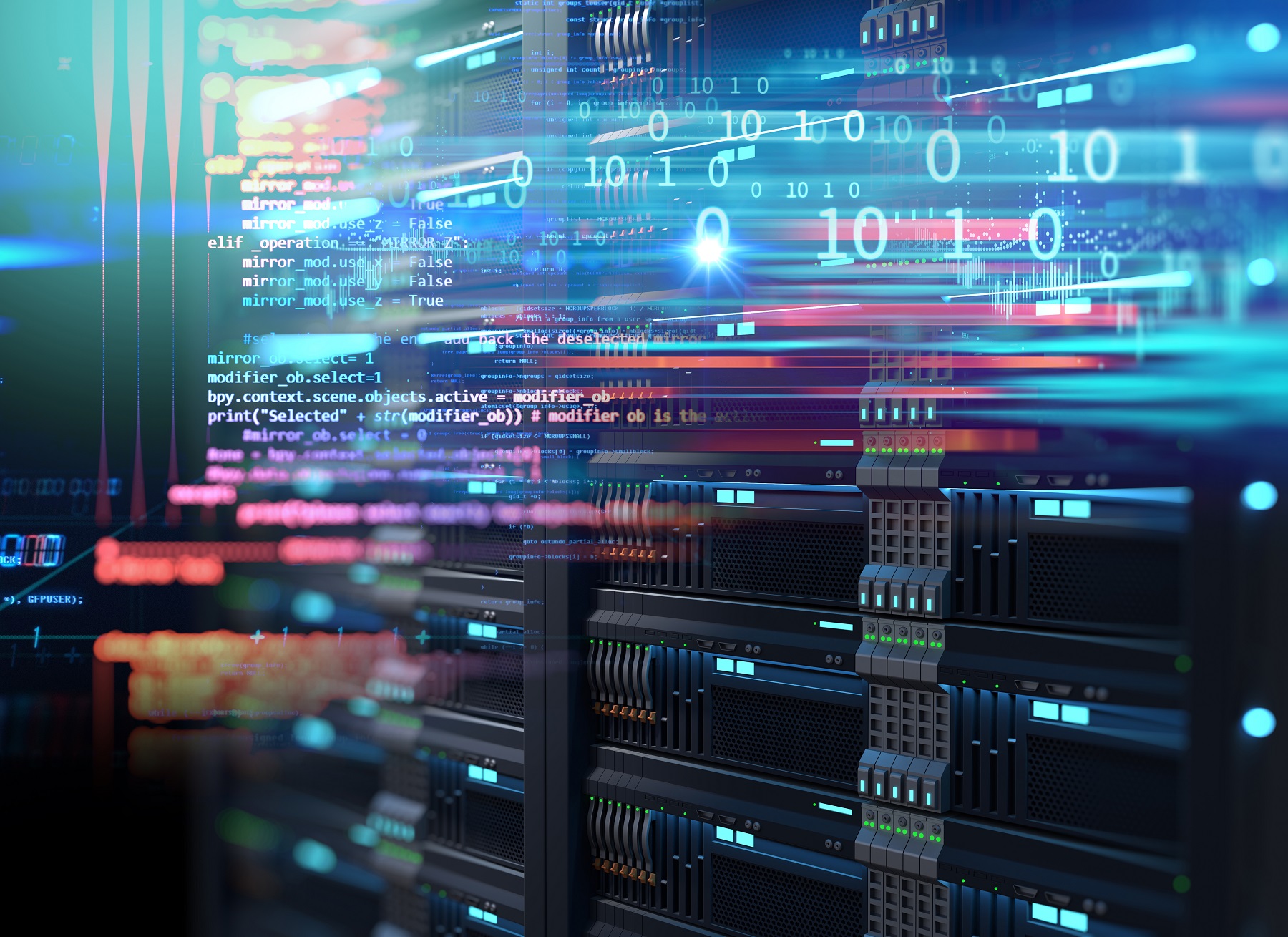
Digital technology has never been as crucial to the global economy as it is today. During the pandemic, the great capacity for resilience and infrastructure agility of data centers made it possible to quickly adapt to changing needs, so that entire economic sectors managed to continue to operate. This trend is continuing in 2022 as we progressively define the outlines of the “new normal” via a new, hybrid work environment. While the digital infrastructure and data centers are without a doubt at the heart of this transition, “cloudification” will ultimately be the master of the game. Focus on 5 trends which will impact the data center sector in 2022.
According to Gartner, growth, digitisation and efficiency are the three primary objectives of organisations around the world. “Cloudification”, accelerated by the pandemic and promoted by the European governments’ aid plans as part of the ramping up of the digital transition, helps address these challenges. Cloud computing gives businesses the freedom to work, innovate, collaborate anywhere and at any time through agile, secure platforms, on Clouds of their choice (public, private, hybrid). By 2025, Cloud-native platforms will host more than 95% of new digital initiatives — up 40% on 2021, once again according to Gartner’s forecast.
While organisations are currently turning to multicloud as well as innovative technologies such as containers and microservices to improve workload portability in the Cloud, new models such as DCIaas (Dedicated Cloud Infrastructure as a Service) are also being developed, a sector which, as predicted by IDC, will grow by more than 151% per year by 2025, making it possible to enjoy all the benefits of public Cloud, both on-premises and in a colocation environment. In parallel with the brand new French law aimed at reducing the environmental footprint of digital technology (REEN), the objective of which is to reconcile digital with ecological transition, all these parameters combine to build the profile of new, more environmentally-friendly, secure and flexible data centers, well-suited to the new post-Covid world.
1°) POST-COVID DATA CENTERS WILL BE MORE FLEXIBLE AND ON THE EDGE,
Regional data centers have continued their rapid growth, further legitimised by the health context and the crucial advantages of a more widely distributed IT infrastructure. This trend will accelerate in the coming years to support our post-Covid digital economy (teleworking, video streaming, development of e-commerce, IoT, 5G, etc.). While availability remains the utmost priority, these Edge data centers are also more agile and energy-efficient while providing lower latency. Their ultra-modular design gives them an edge in terms of energy performance. In addition, deployed in a distributed mode, more and more of them will guarantee high availability by means of distributed resilience mechanisms. Their design is lighter (Tiers 2 less redundant) and they will be able to shift workloads according to the origin of the energy consumed, thus providing businesses with quick backup solutions while reducing their environmental impact.
2°) WILL ENSURE BETTER PROTECTION AGAINST ATTACKS,
According to estimates, the volume of data generated worldwide should exceed 180 zettabytes by 2025, i.e. an average annual growth of nearly 40% over five years (source: IDC, Seagate, Statista). This staggering mass of data is an invaluable source of critical information for a company, which helps with their strategic decision-making. While the data center is the digital safe of this new gold rush and is an object of desire, security issues still need to be addressed via tighter controls in terms of logical as well as physical security, such as building access control using drones, increasingly advanced facial recognition techniques, etc., crucial to overall security. In addition, “Zero Trust” type architectures will be increasingly adopted, preventing any user or device from connecting to the network without permission. For this model to work, organisations must however micro-segment all their resources, enforce strict access controls, but also inspect and record all network traffic by taking into account terminals, workloads and data. Furthermore, to reinforce the security of data outsourced to these infrastructures, the majority of businesses will opt for multicloud architectures such as those of Azure or Amazon. Businesses will soon rely on advanced encryption technologies such as homomorphic encryption, which applies a mathematical calculation system to data without having to decrypt it.
3°) WILL RESPOND TO THE CHALLENGES OF HIGH DENSITY,
Fierce competition between Intel and AMD to deliver CPUs gives data centers greater latitude in terms of innovation and power to meet intensive computational needs, in particular those required by AI. This high density raises however a major issue: by hosting increasingly dense infrastructures in a restricted space, data centers are faced with a challenge: the dissipation of a larger amount of heat. This is why, in the coming years, we should witness the gradual, joint deployment of traditional cooling on low-density racks and liquid cooling on high-density racks.
4°) WILL MAKE GREATER USE OF DIGITAL TOOLS,
The global pandemic, combined with the flow of innovations based on software automation and artificial intelligence, increased the need to ramp up the development of data centers while making their operations less dependent on humans. The adoption of increasingly streamlined construction models, such as BIM (Building Information Modelling) will help speed up the steps and customise design in keeping with the needs, while factoring in the security aspect. By facilitating the running of upstream computer simulations and tests (electricity, access control, evacuation scenarios, heating costs, etc.), the concept of “digital twin” will help avoid potential errors prior to physical construction. In addition, at a time when buildings need to strengthen their energy efficiency, this is a useful step towards optimising predictive maintenance. All that remains is to use modelling tools, from design to maintenance, governed by the same standards and communicating with each other.
5°) AND WILL STANDARDISE THE CALCULATION OF THEIR ENVIRONMENTAL FOOTPRINT.
The data center industry is keen to ramp up the development and adoption of sustainable practices in order to limit its impact on climate change at a global level. This environmental responsibility is exacerbated by pressure from market regulators, investors and customers. It is conducive to continuous innovation, as epitomised by liquid cooling, underwater data centers and the use of renewable energy. The sustainability of data centers has become a priority and its measurement a constant: their installation must be optimised, from design through to operation and throughout the life cycle, by involving all stakeholders within the ecosystem.
However, even if they measure their environmental impact, everyone will need to use the same assessment criteria to allow for meaningful comparisons in time and space.

